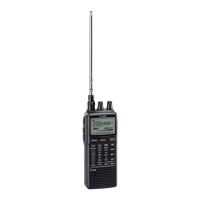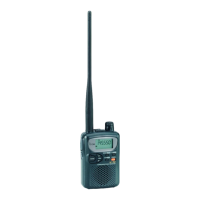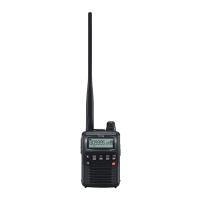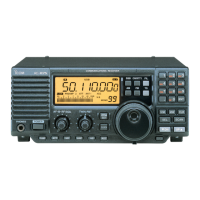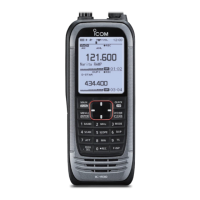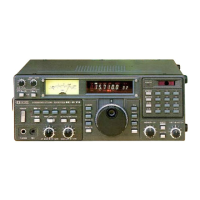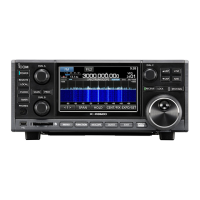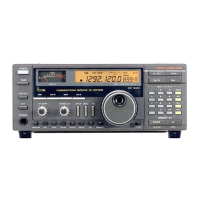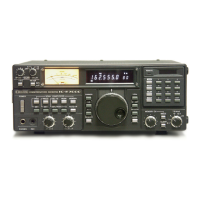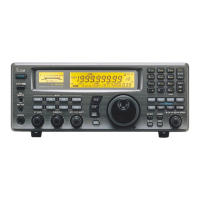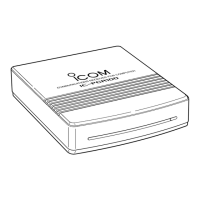How to turn on beep sound on Icom Receiver?
- CChristina LewisSep 3, 2025
If you are not hearing a beep sound on your Icom Receiver, it is possible that the beep tones are turned OFF, or the beep tone level is too low. To resolve this, turn the beep tone ON or set the beep tone level to an appropriate level in set mode.
